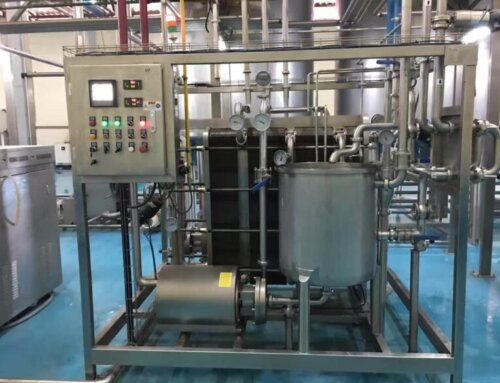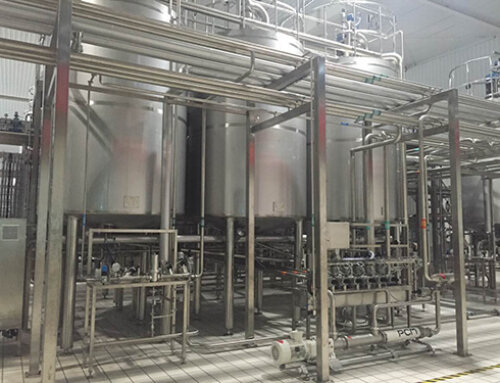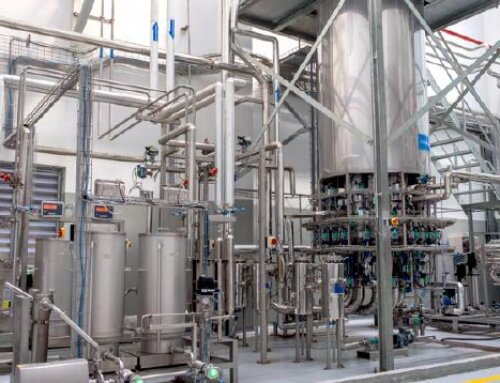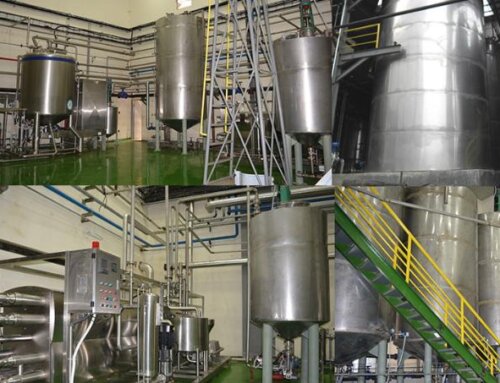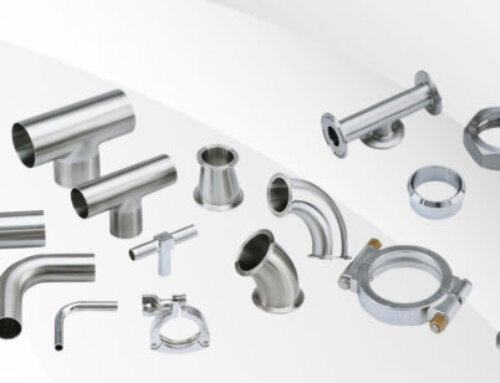Mulberry Processing Line Description
Mulberries are berry fruits, rich in nutrition, unique flavor, sweet and sour, they can be used as medicine and food. Mulberry is composed of 71% fruit pulp, 23% peel, 3% seeds, and 3% stalk.
The mulberry has a short maturity period, thin peel, soft and juicy flesh, and is not storage-resistant. It begins to deteriorate 12-16 hours after being picked at room temperature. Therefore, it is necessary to process fresh mulberries into juice or other products to extend the shelf life. The juice yield rate of mature mulberries is about 65%-75%. The juice is rich in vitamins, minerals and amino acids. It has a good effect of nourishing blood, promoting body fluid and quenching thirst, anti-oxidation and anti-virus.
Mature mulberries can be processed into mulberry juice, mulberry fruit wine, mulberry sauce, dried mulberries, mulberry powder and other products. The final product can be packed into bottles, cans, and composite bags.
Mulberry processing line capacity ranges from 500kg per hour to 30,000kg per hour. The whole production line processing is controlled by PLC fully automatic, safe, reliable, hygienic and high efficiency.
Mulberry processing equipment mainly consists of mulberry destalking machine, mulberry washing machine, mulberry sorting machine, mulberry crusher, mulberry juicer, mulberry juice enzymolysis, juice formation and blending, sterilization, filling machine and other equipment.
We have berry processing machines for blueberry, blackberry, cherry, strawberry and other berry fruits.

Mulberry Processing Line Technological Flowchart

Mulberry Processing Machine Introduction
Mulberry preparation( washing, inspection and milling process)
The mulberries are washed minimally with low-pressure water sprays to remove dirt and are then inspected for excessive mold, rot, green, and other defective mulberries. The berries are chopped to a mash or pulp in a hammer-type mill.

Mulberry pulp heat treatment machine
Blanching has been indicated as a method to improve the color in mulberry juice due to the deactivation of enzymes. The mulberry pulp is heated in a continuous heat exchanger, typically of the tubular or tube in tube type. A preheating treatment is necessary for the pectolytic enzymes to optimally break down the cell structure and allow the juice to be extracted from the fruit. The optimal temperature for enzyme treatment is around 50-60℃.

Mulberry juice enzyme treatment
The pulp is treated with enzymes prior to pressing to allow maximum juice yield. The enzyme is metered into the digestion tanks or added just after the heat treatment. Traditional methods consist of treatment with pectolytic enzymes such as pectin methylesterase, polygalacturonase, and pectinase. The pH and temperature of the pulp is critical to its efficiency. The pH of mulberry pulp will not typically adversely affect enzyme activity. However, the temperature is critical for maximizing the capacity of the process. Generally, treatment time in stainless steel tanks at 50℃-55℃ for 1 to 2 hours.
Mulberry juice extracting machine
Selection of the proper press for a juice operation is dependent on capital funds available, desired product yields, and availability of press aids. The types of presses that have been used to extract berry juice are hydraulic press, vacuum membrane press, belt press and centrifuge separators. Hydraulic press and vacuum press has the advantage of maximum juice yield rate, no heat treatment, keep the juice with original flavor; Belt presses have been used to press mashes by pressing between fine mesh belts, which are compressed to thinner and thinner belt gaps. Centrifugation is finding several applications in juice processing, yields are higher.
Mulberry juice filtration
The ultrafiltration process has been tested and used commercially on berry juice filtration. It uses the membrane to filter the solids in the juice to make it into the clear juice. The other type is using the plate and frame filter to clarify the juice, but the latter machine has lower capacity than the ultrafiltration system, which is suitable for low-capacity processing lines.
Mulberry juice sterilization system
The mulberry juice after filtration and blending needs to pass through the pasteurizer to eliminate the bacteria in the juice. The typical pasteurizer used for berry juice is plate type or tubular type. And the sterilizing flowchart is 85℃ for 5-15S.
